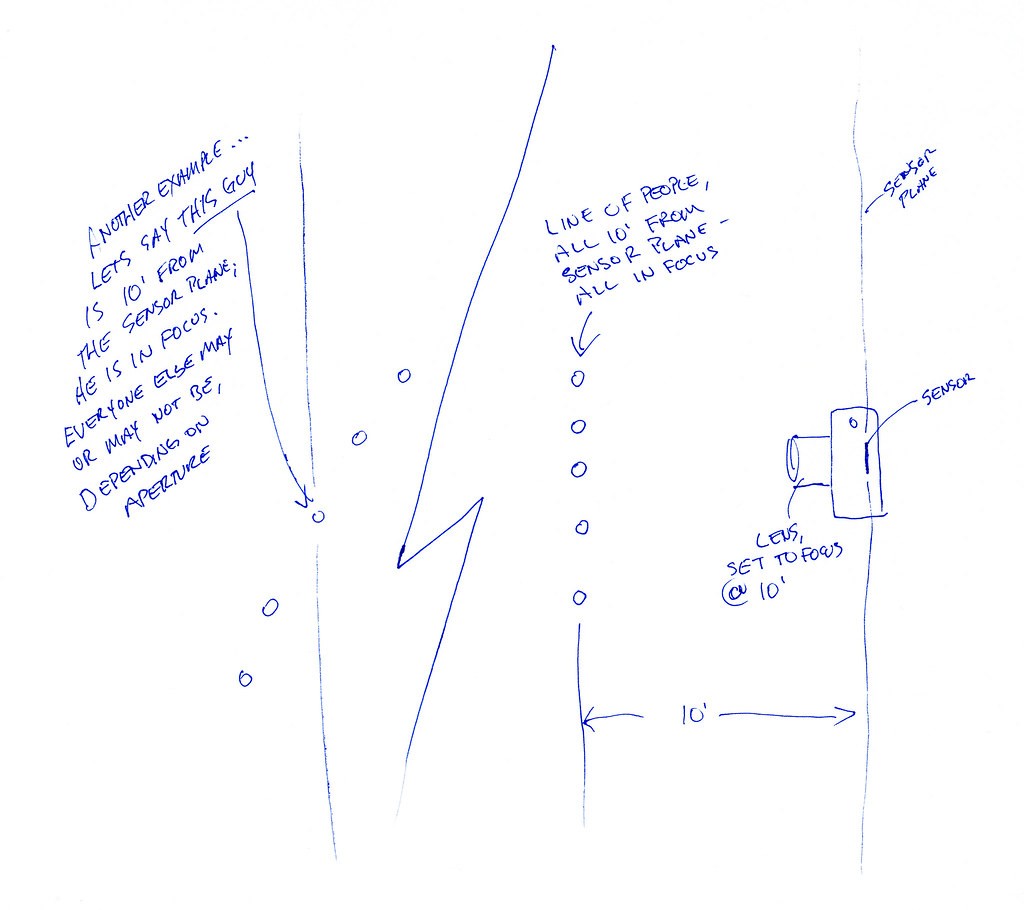bsinmich
TPF Noob!
- Joined
- Dec 25, 2012
- Messages
- 171
- Reaction score
- 14
- Location
- Holland, Mi
- Can others edit my Photos
- Photos NOT OK to edit
The f stop has nothing to do with the number of people in the photo. It does have to do with the opening of the lens to let in more light. The amount of light required to make a good picture is just as related to the shutter speed as the f stop. Using a smaller f stop (larger number) will give more depth of field to allow a little more depth to the image. If you are shooting outdoors or where there is adequate lighting you would probably want to use something like f8 to get a little more depth of field in the photo. A lens is usually at it's best when it is used inthe middle of it's range on f stops. This hold true to almost all lenses from a Leica to a Brownie. Your camera will give better results using a smaller f opening, (larger number) rather than wide open.









![[No title]](/data/xfmg/thumbnail/37/37609-a1984365804384f841d8245ae7e3b9a7.jpg?1734170735)





